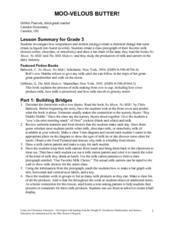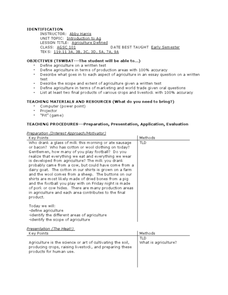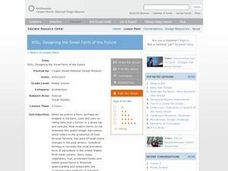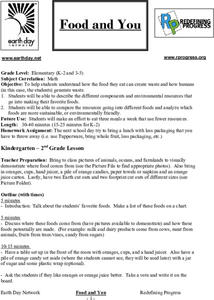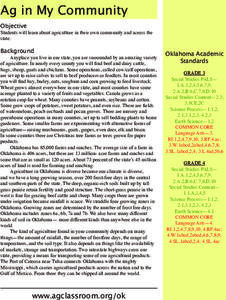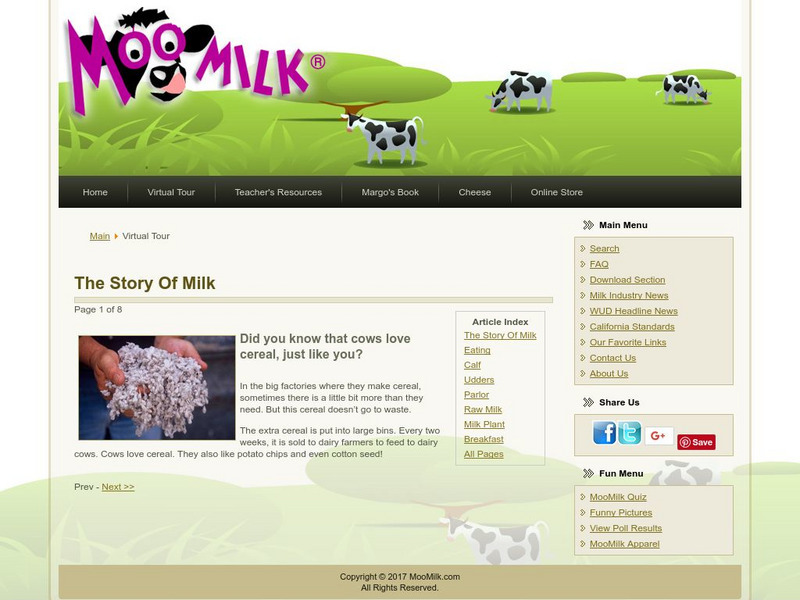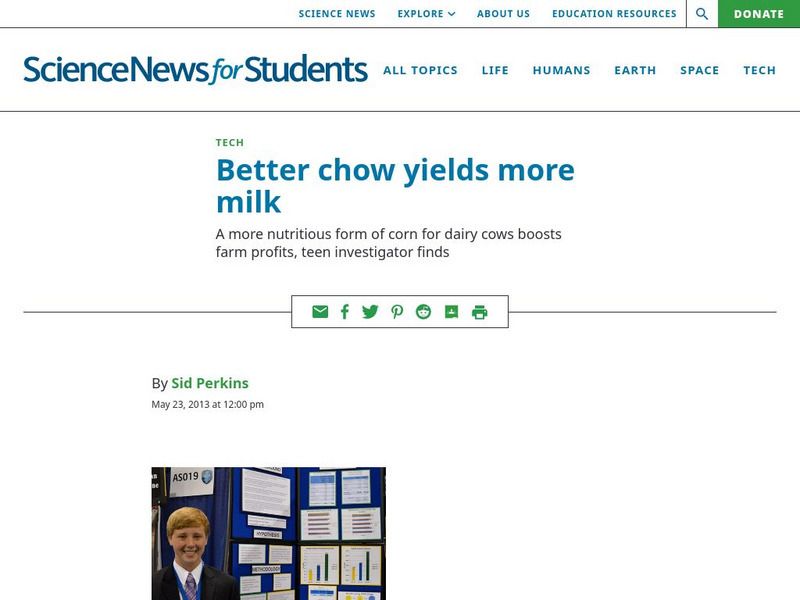Curated OER
Cows, Worms, and Compost
Pupils study decomposition. For this decomposition lesson, students discuss the background information about decomposition. Pupils then complete the 'Chew It Twice' worksheet.
Curated OER
Paul Bunyan Vocabulary
In this Paul Bunyan vocabulary skills worksheet, students match the 10 words and names listed to the appropriate sentences that describe each of them.
Curated OER
The Fable of Franny And Her Fabulous Fainting Goat
Mix the art of reading comprehension with the skill of telling time. Children in grades two and three will discuss the importance of goats throughout history based on the provided background information. They'll create cute goat...
Curated OER
Paul Bunyan Challenge
In this Paul Bunyan worksheet, students complete a set of 10 multiple choice questions about Paul Bunyan. Informational material about Paul Bunyan is not present in the worksheet.
Curated OER
Moo-Velous Butter!
Third graders investigate how temperature and motion (energy) create a chemical change that turns cream ( a liquid) into butter (a solid). They create a class pictograph of their favorite mils choices (white, chocolate, or strawberry)...
Curated OER
THE FABLE OF THE FAINTING GOATS
Students practice telling time while reading a story about a fainting goat. They write their own story about a fainting goat. Students write letters to the International Fainting Goat Association, asking for more information about...
Curated OER
Fable of the Fainting Goat
Students read a story. In this telling time lesson, students complete a worksheet where they must practice their knowledge of telling time. Students read a fable and answer time questions as they read.
Curated OER
Producing and Consuming
Second graders make a booklet. In this economics lesson, 2nd graders define producers and consumers. They make an assembly line accordion booklet to demonstrate how producers and consumers work together to make and use goods.
Curated OER
Agriculture Defined
Open your Agriculture 101 course with a lesson on defining agriculture. Guide your class with thought-provoking questions and discussion. Give them time to play the card game, "Pit" in order to experience commodity exchange. This is a...
Curated OER
Soil, Designing the Small Farm of the Future
Students examine the history of farming. In this environmental farming instructional activity, students explore the web and complete a variety of activities in order to understand the necessity of local, sustainable, and small farms for...
Curated OER
Ag in My Community; Agriculture
Students build knowledge about agriculture as it relates to their communities' commodities. In this agriculture lesson plan, students brainstorm about conditions in their community with regards to growing different...
Curated OER
Food and You
Students examine the types of foods they eat. They describe the different components and resources that go into making their favorite foods. They also compare the resources going into different foods and identify ones which are more...
Curated OER
Ice Cream Lesson Plan for Kindergarten
Students explore how ice cream is made in a factory and at home. They help make ice cream in the classroom. They measure out the ingredients. Students share the ice cream when it is done.
Curated OER
Milk: A Practical Application
Students examine the impact of the physical and chemical properties of milk and its use as an important food.
Curated OER
TRADERS' GAME
Young scholars play a game aimed at demonstrating how relationships with other communities or countries affect the food and fiber system. The game simulates the unequal distribution of natural resources which creates the need for...
Curated OER
Agriculture
Students examine the types of agriculture in their own state and in their local community. They examine how food makes it to their local grocery store. They compare data from different states.
Curated OER
A Trip To the Animal Fair
Students share their experiences they have had with animals. Using photographs of their own pets, they create a booklet out of construction paper in which they identify the pets needs. They also compare and contrast what they need to...
Virginia Tech
Virginia Cooperative Extension: 4 H Virtual Farm: Dairy Farm
Find answers to all kinds of questions about how cattle are raised on the dairy farms of Virginia.
Other
Barnyard Palace : Dairy Cows
Use this site to find out all about dairy cows and how they produce milk. Learn why cows are so important to humans, and check out some excellent cow pictures (click on each picture to make it larger).
PBS
Pbs Kids: Oh Noah! Games in Videos: Not Milk
Find out what happens when Noah thinks the Spanish word for milk means cow, and learn the Spanish words for some farm animals and dairy products.
Other
Moo milk.com: The Story of Milk
Take this virtual tour to discover where the milk that you drink comes from. Find out how milk gets from the cow to your cereal bowl.
Society for Science and the Public
Science News for Students: Better Chow Yields More Milk
This article reports on a recent project from a teen that found that feeding a higher quality corn to dairy cows resulted in increased milk production. Includes a list of vocabulary words.






